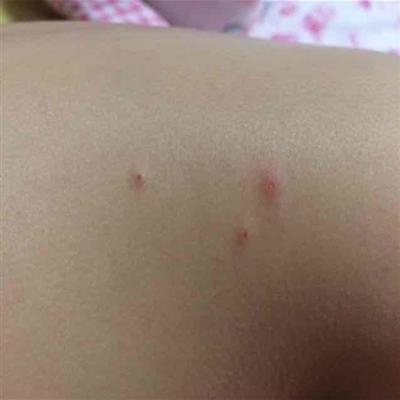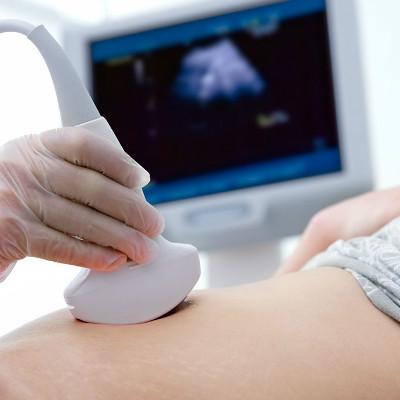What symptoms can primary amenorrhea cause?
summary
Amenorrhea is the phenomenon that women stop menstruation or menstruation does not come, you can eat some light things, performance for no menstruation or menstruation stop phenomenon, is one of our more common clinical gynecological symptoms. So what are the symptoms of primary amenorrhea? I hope this problem can help some people.
What symptoms can primary amenorrhea cause?
First: Mullerian duct hypoplasia syndrome, also known as Mayer Rokitansky Kuster Hauser syndrome: congenital malformation caused by pararenal duct dysplasia, accounting for about 20% of adolescent primary amenorrhea. The karyotype of chromosome is normal female, 46, XX, female endocrine test results are normal, ovulation, fallopian tube, ovary and female secondary sexual characteristics are normal, the main abnormal performance is primordial uterus or no uterus, no vagina, among them, about 30% of patients with renal malformation, about 12% with skeletal malformation.

Second: androgen insensitivity syndrome: also known as testicular feminization complete type. The karyotype is male, 46, XY. The gonad is testis, but it is located in abdominal cavity or groin. Endocrine test results showed that although the testosterone level was in the male range, due to the lack of testosterone receptor in the target cells, testosterone did not play its biological effect in vivo, but testosterone could still be converted into estrogen, so it was manifested as female. During puberty, the breasts were swollen and plump, but the nipples were dysplasia, the areola was pale, the pubic hair and axillary hair were relatively rare, and the vagina was blind and short, Absence of uterus and fallopian tube.

Third: resistant ovarian syndrome: also known as ovarian insensitivity syndrome. The ovary has many primordial follicles and primary follicles; Endogenous gonadotropins, especially FSH, were increased; The ovary is not sensitive to exogenous gonadotropin; The clinical manifestation was primary amenorrhea, but the development of female secondary sexual characteristics was normal.

matters needing attention
Because of the existence of Y chromosome, patients are prone to develop gonadoblastoma or dysgerminoma when they are 10-20 years old, so the cord gonad should be removed after the diagnosis is confirmed.













